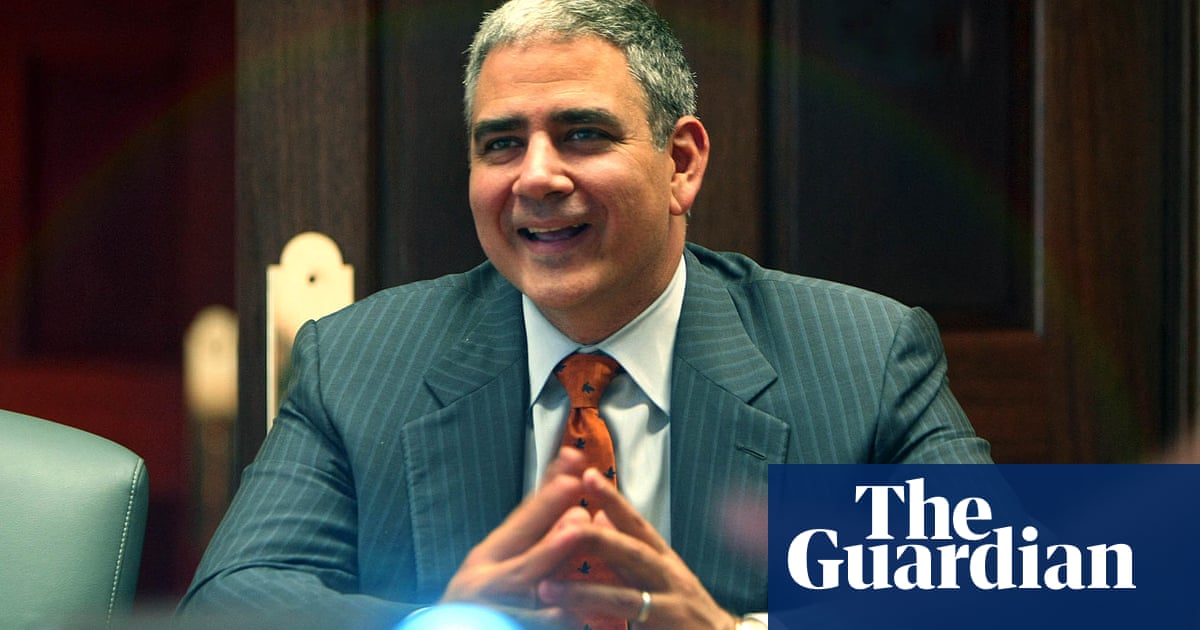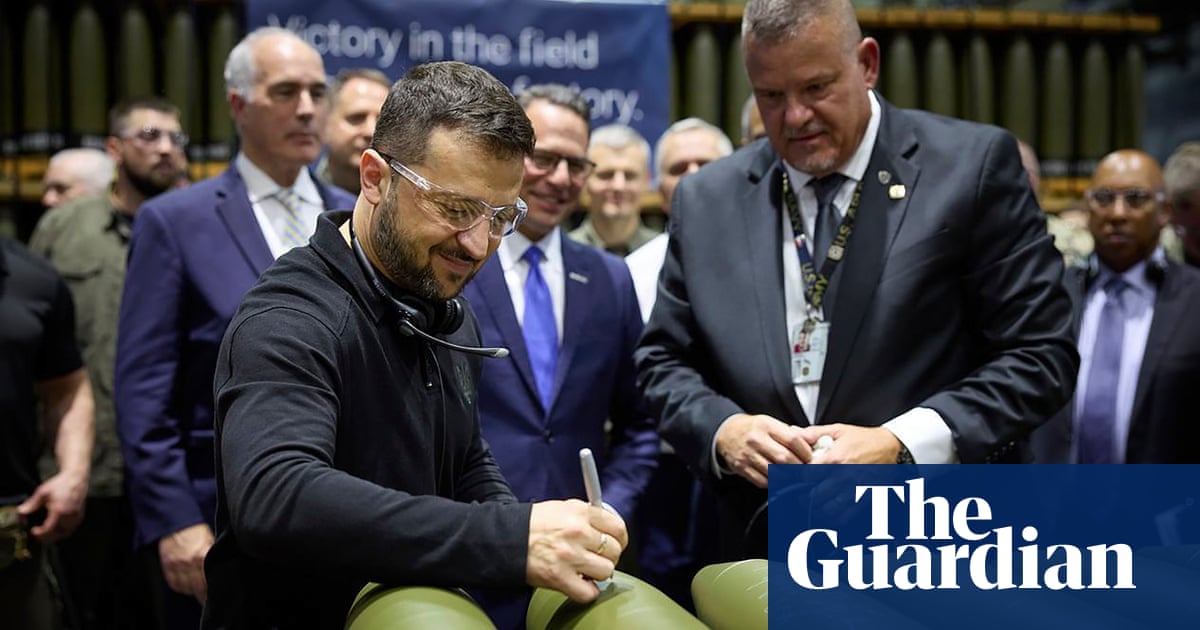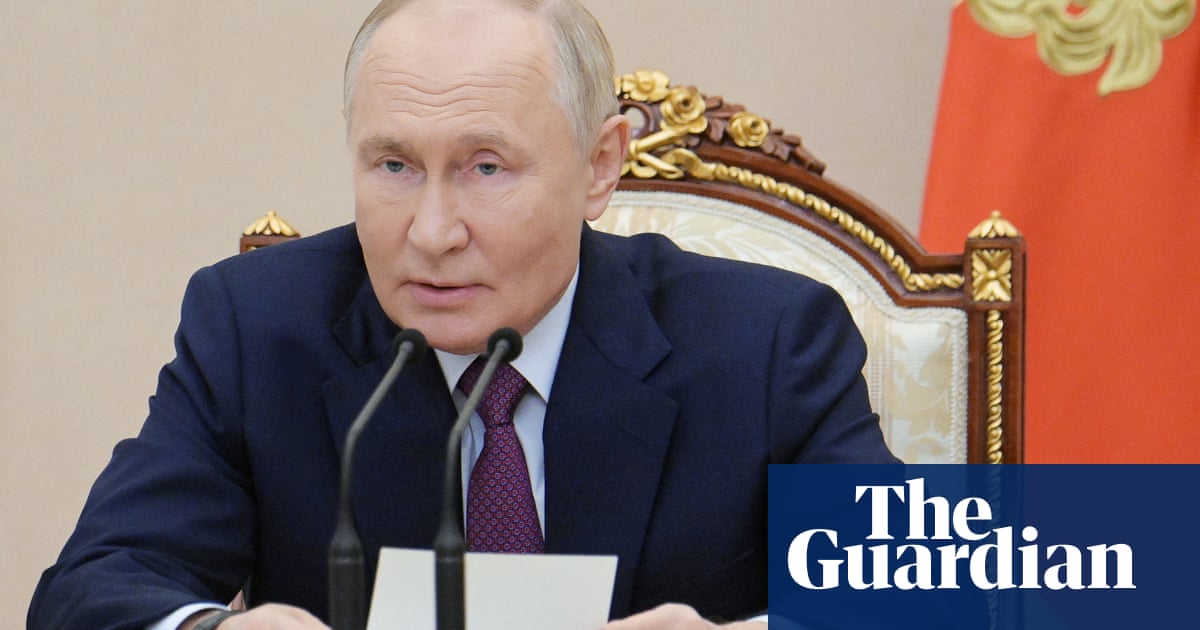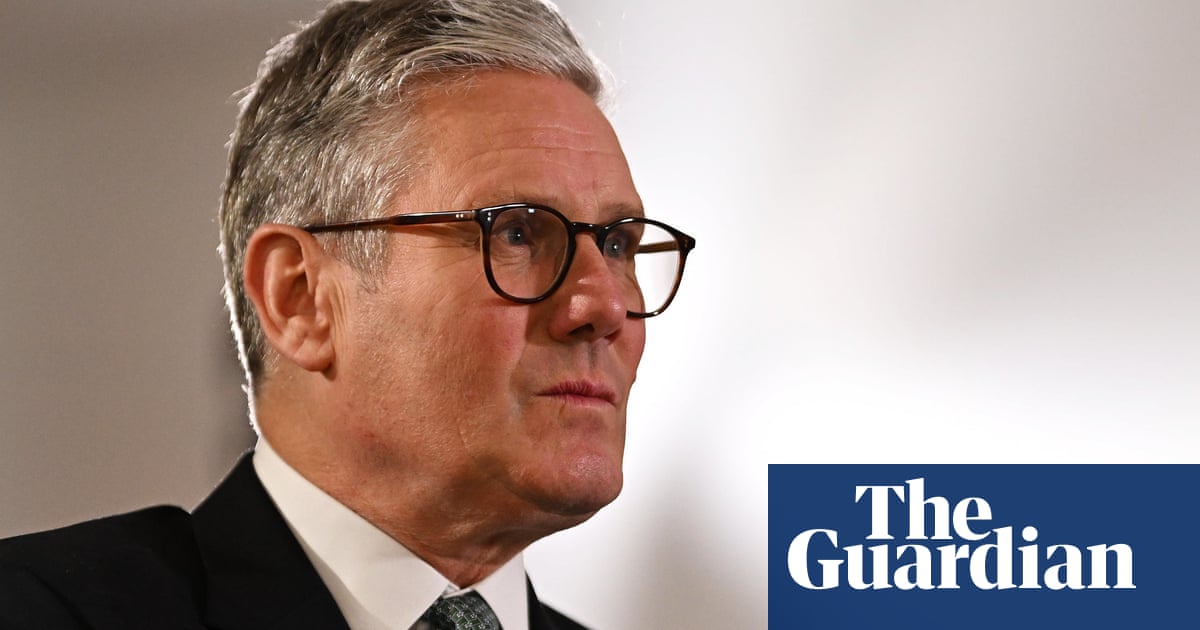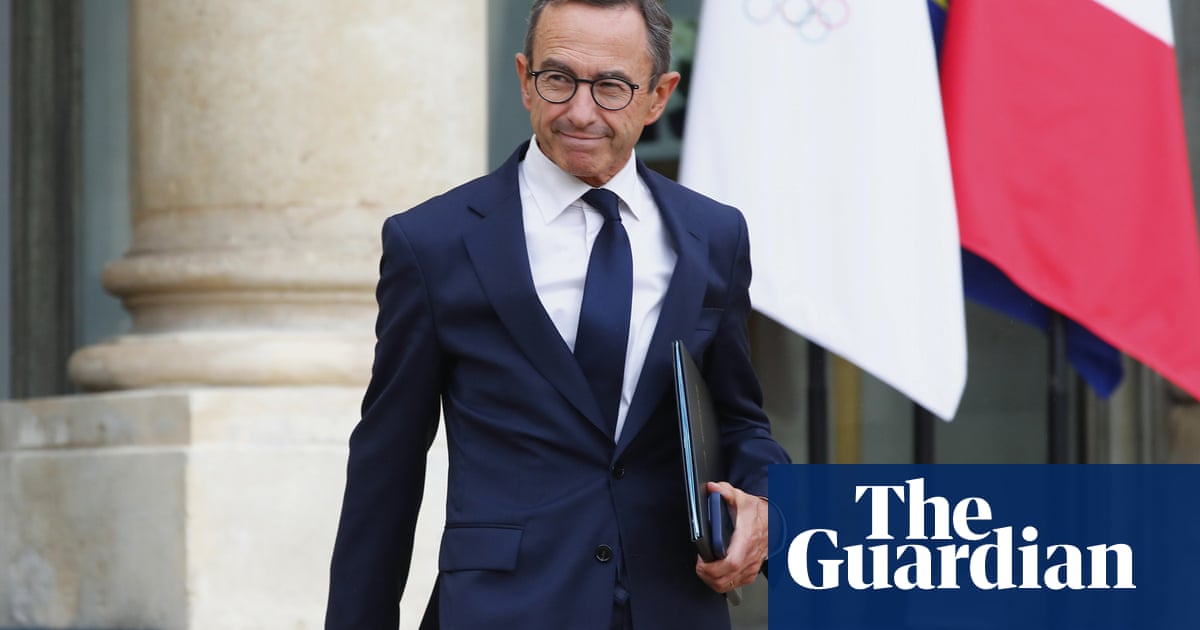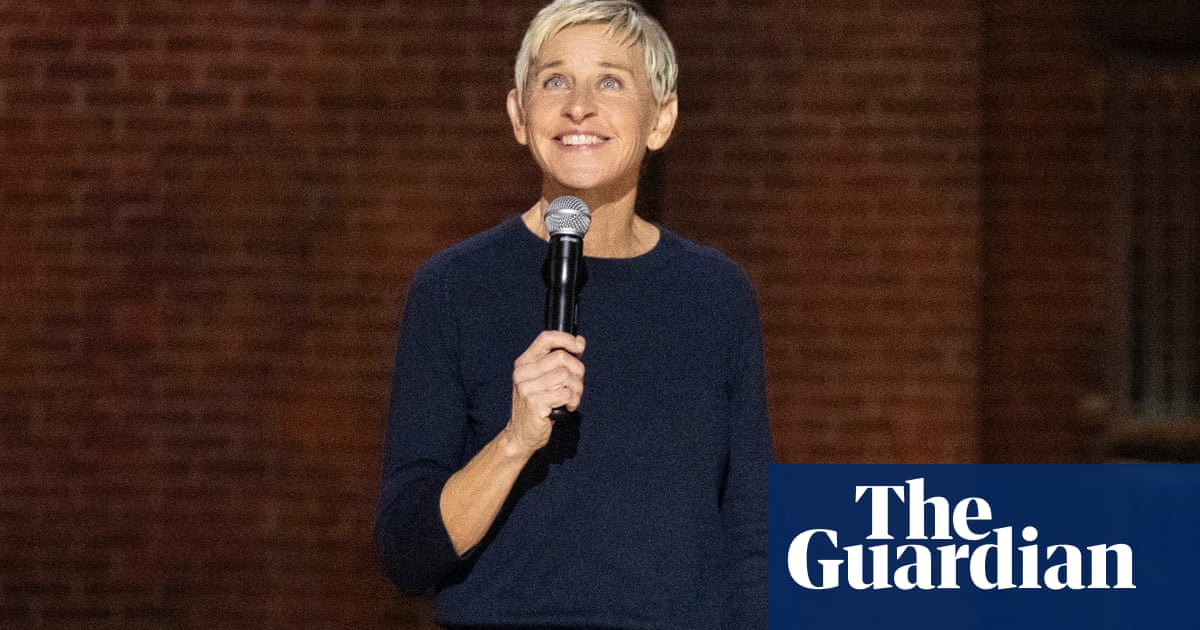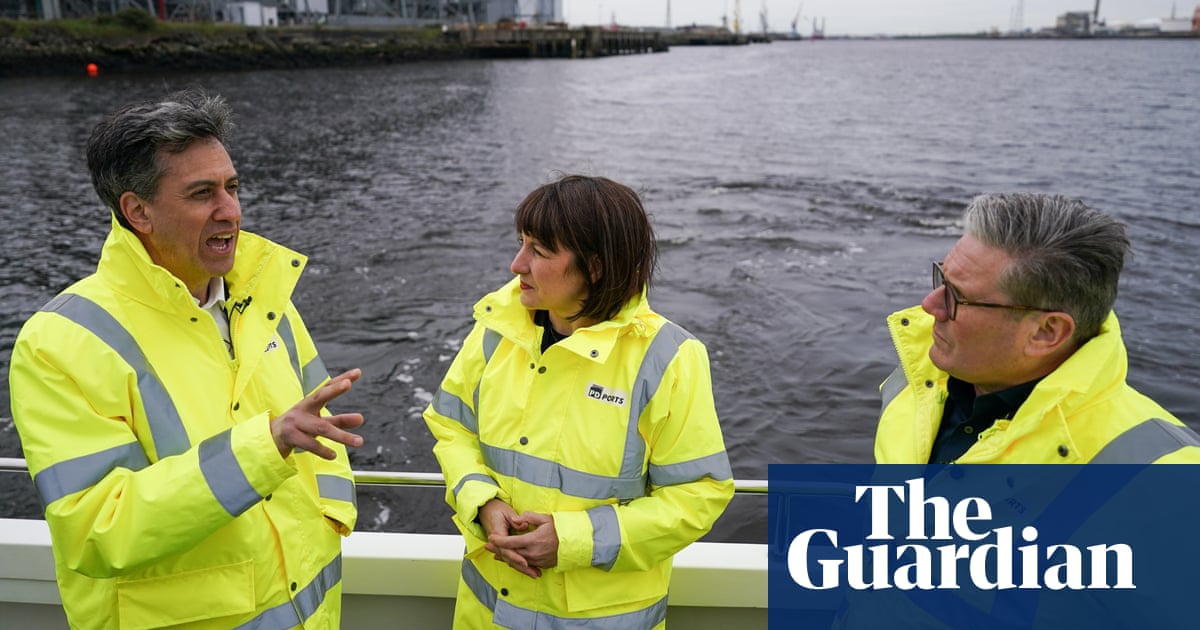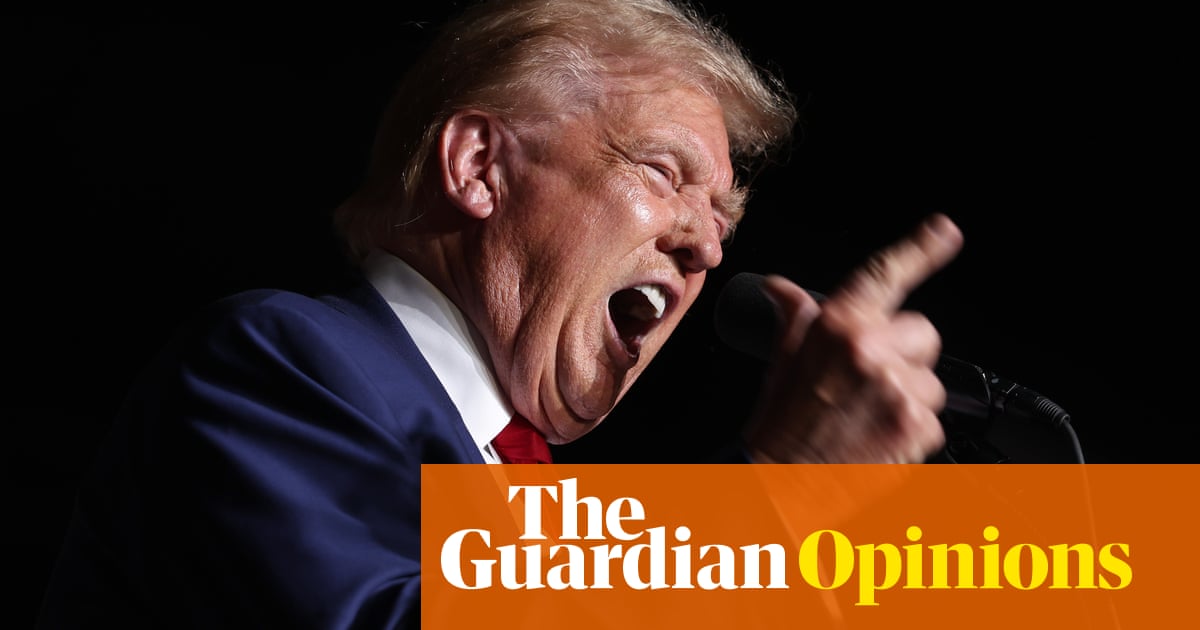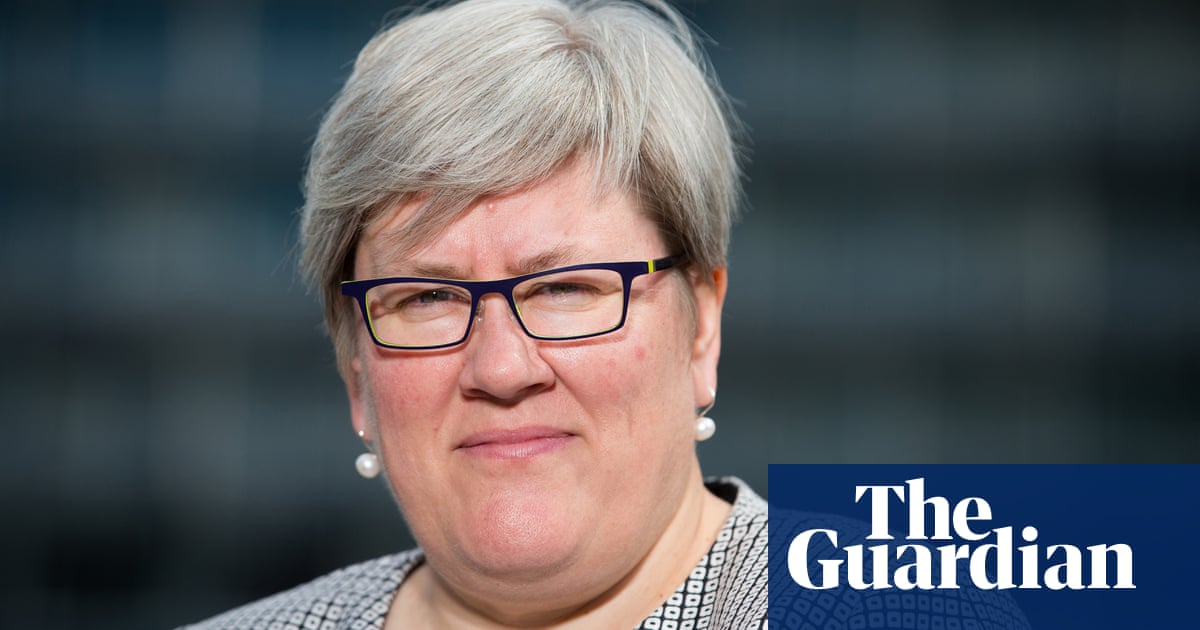The US Senate has voted unanimously to hold the CEO of Steward Health Care in criminal contempt for failing to comply with a congressional subpoena – marking the first time in more than 50 years that the chamber has moved to hold someone in criminal contempt.
On Wednesday, the Senate voted to hold Ralph de la Torre in contempt of Congress after the 58-year-old head of the Massachusetts-based for-profit healthcare system – which declared bankruptcy earlier this year – ignored a congressional subpoena and failed to appear at a hearing over the hospital chain’s alleged abuse of finances on 12 September.
During Wednesday’s session, Bernie Sanders, Vermont senator and chair of the Senate’s health, education, labor and pensions (Help) committee, said: “The passage of this resolution by the full Senate will make clear that even though Dr de la Torre may be worth hundreds of millions of dollars, even though he may be able to buy fancy yachts and private jets and luxurious accommodations throughout the world, even though he may be able to afford some of the most expensive lawyers in America, no, Dr de la Torre is not above the law.
“If you defy a congressional subpoena, you will be held accountable, no matter who you are or how well-connected you may be,” Sanders said.
Similarly, Bill Cassidy, Louisiana senator and ranking member of Help, said: “Steward’s mismanagement has nationwide implications affecting patient care in more than 30 hospitals across eight states.
“Through the committee’s investigation, it became evident that a thorough review of chief executive officer Dr Ralph de la Torre’s management decisions was essential to understand Steward’s financial problems and its failure to serve its patients,” Cassidy said of De la Torre, who was paid at least $250m by Steward Health Care as the hospital chain’s administrators struggled with facility problems, staffing shortages and closures.
Investigations by the Boston Globe revealed that as more than a dozen Steward Health Care patients died in recent years after being unable to receive adequate treatment, De la Torre embarked on various jet travels and private yacht excursions across the Caribbean and French Riviera.
The Boston Globe also revealed that De la Torre frequently used the hospital chain’s bank account as his own, including to make purchases to renovate an €8m ($8.9m) apartment in Madrid and to make donations of millions of dollars to his children’s private school.
In July, the outlet reported that the justice department was investigating Steward Health Care for potential foreign corruption violations. It also reported that a federal grand jury in Boston was investigating the hospital chain’s financial dealings including its compensations for top executives.
During Wednesday’s session, the Massachusetts senator Ed Markey condemned what he called a “culmination of a financial tragedy over the past decade”.
“Steward, led by its founder and CEO Dr Ralph de la Torre and his corporate enablers, looted hospitals across the country for their own profit, and while they got rich, workers, patients and communities suffered, nurses paid out of pocket for cardboard bereavement boxes for the babies to help grieving parents who had just lost a newborn,” said Markey.
“Dr de la Torre is using his blood-soaked gains to hide behind corporate lawyers instead of responding to the United States Senate’s demand for actions. But while he tries to run and hide, Dr de la Torre is revealing himself for what he truly is – a physician who places personal gain over his duty to do no harm,” he added.
